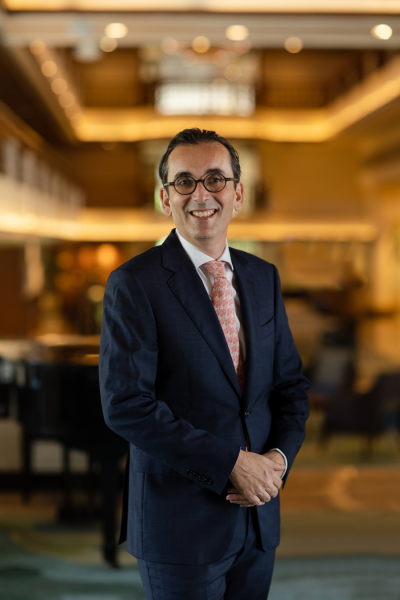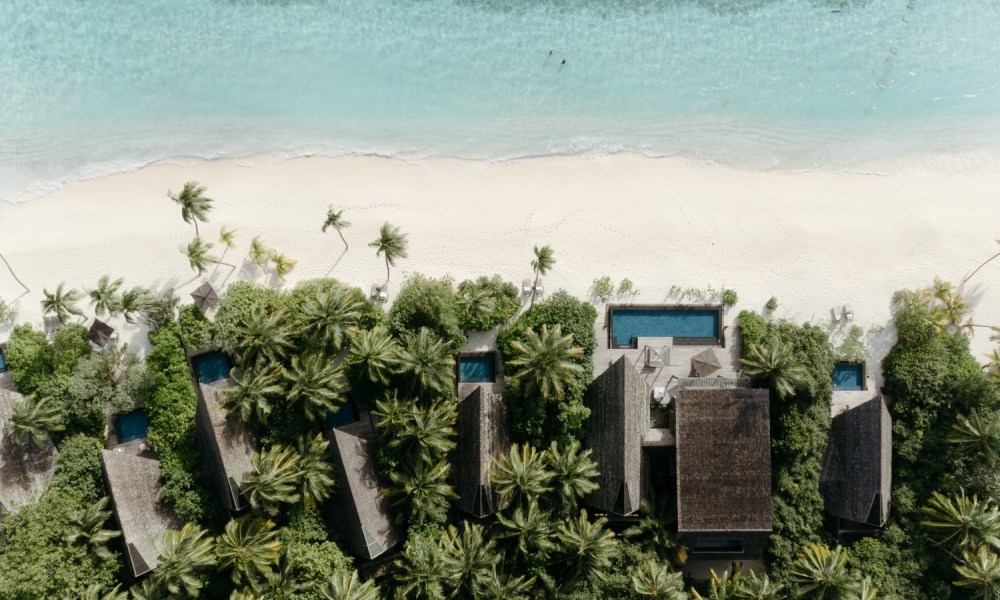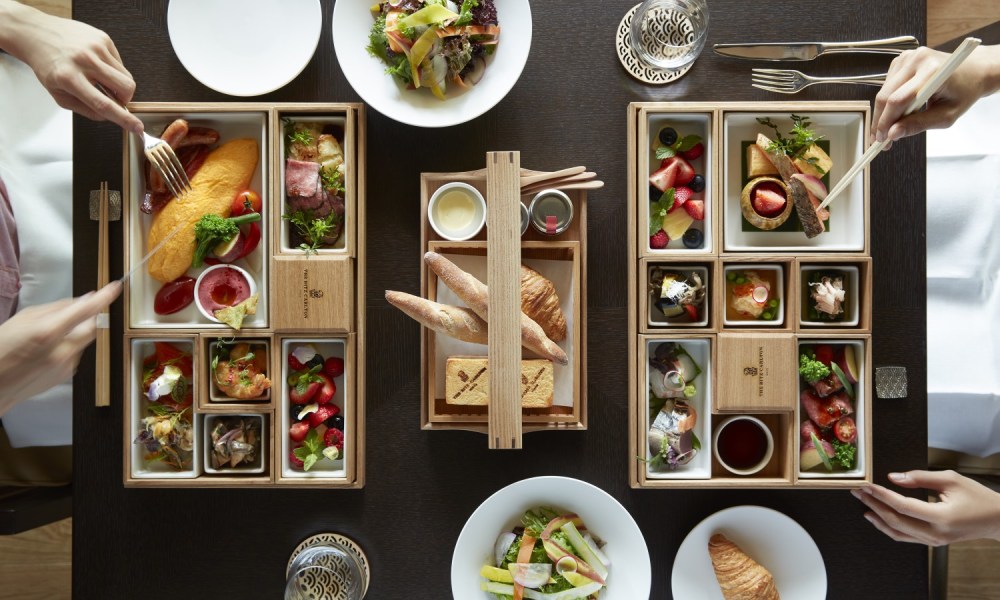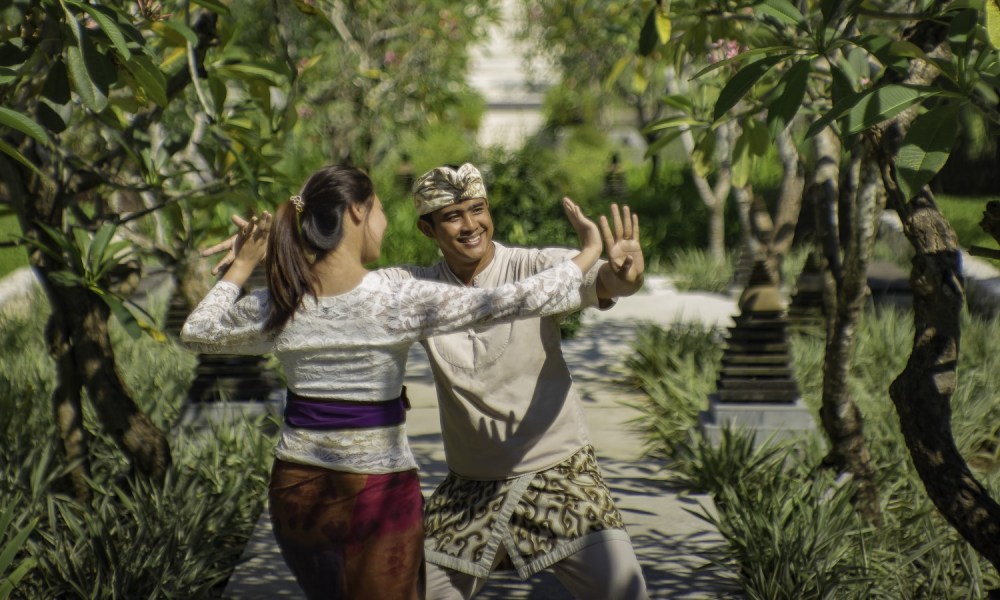Australia has effectively positioned itself as a luxury destination by offering a rich blend of natural beauty, cultural vibrancy, and exceptional hospitality that caters to the evolving demands of modern luxury travellers. Based on findings uncovered in our New Luxe Landscapes report, Australia’s appeal lies in its ability to provide an escape from urban life and a deep connection with nature, a key motivator for 84% of travellers who value immersive natural experiences, while 76% are drawn by the unique opportunity to observe wildlife. As one of only 17 megadiverse nations, Australia is home to an unparalleled variety of species, further enhancing its allure. Beach holidays, especially along the iconic Gold Coast, remain a top choice among luxury travellers, with nearly 40% opting for coastal escapes.
In addition to its natural offerings, Australia’s rich cultural landscape plays a significant role in its luxury appeal. High-net-worth individuals are attracted to the promise of exclusive cultural experiences, with 72% traveling to attend high-profile events such as concerts by global stars like Taylor Swift and Coldplay. Moreover, 77% are inclined to participate in local cultural events, from the Sydney Mardi Gras to the Melbourne International Arts Festival, while 82% seek out distinctive architectural styles, exemplified by Melbourne’s MPavilion project and renowned street art.
Australia’s vibrant food and beverage scene further bolsters its luxury status. A significant 88% of travellers prioritise discovering new culinary experiences, and innovative offerings such as the ‘Conscious Cocktail’ experience at W Brisbane and the ‘Cellar to City’ Wine Series at W Sydney’s BTWN Restaurant exemplify the country’s commitment to delivering unique, high-end gastronomic adventures. These elements collectively solidify Australia’s standing as a premier luxury destination. 
The Indian travel market is experiencing significant growth, with 89% of High Net Worth (HNW) individuals in India planning to spend more on travel in the coming year. This group is particularly drawn to destinations offering a rich blend of cultural, architectural, and design experiences. Indian travellers are increasingly seeking immersive, VIP experiences, with 91% prioritising hotels that offer deep cultural connections with the local community and refined craftsmanship.
The importance of Indian travellers is underscored by their willingness to invest in premium experiences. For instance, 36% are prepared to pay more for VIP access to exclusive events, which is higher than the global average according to our study. Furthermore, 88% are planning their travel around cultural events, while 87% are motivated by the opportunity to attend high-profile concerts or sporting events. This strong preference for culturally rich and exclusive experiences makes Indian luxury travellers a crucial market for luxury destinations.
As Indian travellers continue to seek out culturally immersive, high-end experiences, their significance in the global travel landscape will only grow, making them a key demographic for luxury hospitality providers to target and retain.
To capitalise on the growing interest from Indian and Japanese travellers, Australian hotel and travel companies should tailor their offerings to these markets. Like Indian travellers, Japanese travellers prioritise family holidays and celebratory events. To meet the needs of both discerning markets, Marriott have introduced family-oriented programs like The Ritz-kids and JW Family, designed to accommodate multi-generational stays.
For both demographics, gastronomy is a significant draw. Focus on creating family-oriented and celebratory experiences, including multi-generational stays and VIP access to cultural, culinary, and sporting events. Marriott Bonvoy, for example, offers unique experiences such as chef masterclasses and exclusive behind-the-scenes tours at events like the F1 Melbourne and the Australian Open. 
A key finding of the report was that 80% say a hotel’s sustainability and environmental practices are a huge consideration when it comes to deciding where to stay – with 43% wanting to see hotel restaurants offering locally sourced produce to support the community. Examples of Marriott International properties of driving sourcing locally initiatives are W Sydney collaborating with artisan cheese makers, beekeepers, and small-batch butter manufacturers. Likewise, Peppina at The Tasman champions sustainability by partnering with local farmers like Tongola Goat’s Cheese and Truffles of Tasmania, ensuring fresh, high-quality ingredients that reduce waste and enhance flavor.
Additionally, emphasise high-end dining experiences and partner with renowned chefs to attract these markets. Highlight unique local experiences, such as wildlife encounters and gastronomic adventures, to appeal to these travellers. Apart from developing culturally sensitive marketing campaigns and providing amenities that resonate with both travellers, another key area would lie in building partnerships with local cultural organisations and leveraging targeted promotions to help attract these travellers and ensure a memorable experience.
An example of this is The Ritz-Carlton, Perth who recently introduced a new bespoke travel adventure transporting guests from Perth to West Australia’s remote wilderness. Evolving its partnership with roving culinary creative, Fervor, travellers are invited to celebrate WA’s exceptional culinary heritage, rich Indigenous culture, and stunning natural landscapes through bespoke itineraries. A sample itinerary features a two-night’s stay at the Ritz Carlton, Perth, a two-night stay at Cygnet Bay Pearl Farm, a reef waterfall tour, a foraging experience led by local indigenous guide, and unique private ‘Dine Under The Stars’ experience where The Ritz-Carlton Perth’s chef du cuisine, Brian Cole, and Fervor chef Paul Iscov cook up an exquisite feast utilising foraged ingredients found on the tour. 
Australia’s high-net-worth travellers are planning an average of seven holidays abroad in the next 12 months, mixing both short and extended trips. Key destinations include Asia Pacific (72%), Europe (63%), and North America (54%), with Hong Kong, China, Japan, and New Zealand being top choices within APAC.
Australians often travel in large groups with family and friends, favouring beach holidays, city breaks, and multi-stop adventures. Safety, relaxation, and personalised service are top priorities, with 69% planning to spend more on luxury travel. Many prefer returning to beloved destinations (85%) and seek exclusive, one-of-a-kind experiences (83%).
They are adventurous, with 47% comfortable visiting less popular places and 54% aiming to fit in as many activities as possible, while still leaving room for downtime. Australians value local connections, with 83% seeing it as part of their luxury experience. They enjoy shopping for locally crafted products, savouring local cuisine, and bringing home meaningful souvenirs and memories, ensuring their journeys are both enriching and memorable. 
With a global portfolio of nearly 9,000 operating properties, 1.6M+ rooms across more than 30 leading brands in 141 countries and territories, Marriott International is strategically positioned to meet the evolving demands of APAC travellers in Australia and beyond.
If you look at just the Asia Pacific region, excluding China, we are currently operating more than 580 properties across 24 brands in 22 countries and territories. Our soon to open Adelaide Marriott Hotel is a milestone opening for the company – representing our 600th hotel in Asia Pacific excluding China, and our first hotel in South Australia.
Homing in on our Luxury Group, represented by an unrivalled portfolio of eight dynamic luxury brands – The Ritz-Carlton, Ritz-Carlton Reserve, Bulgari Hotels and Resorts, St. Regis Hotels and Resorts, Edition, The Luxury Collection, JW Marriott and W Hotels, our boundless network encompasses 626 luxury properties across hotels, residences, and timeshares, distributed across 71 countries and territories. Notably, nearly one third of the Marriott International luxury portfolio is in the APAC region.